I need some help combining these two queries so I can get this in one single view.
Query 1
select t.*, n.caption, n.description
from (
select NodeID,
count(distinct cpuindex) as number_of_cpu,
case
When count(distinct cpuindex) < 8 THEN 1
Else count(distinct cpuindex)/8
End AS number_of_cores
from CPUMultiLoad_Detail (nolock) where nodeid in (select nodeid from nodesdata)
group by NodeID
) as t
inner join NodesData as n (nolock) on n.nodeid = t.nodeid
where n.description NOT Like '%Windows%'
order by n.description
Query 2
SELECT D.Environment, B.Name, C.Caption, A.ComponentStatisticData, A.ErrorMessage
FROM [APM_CurrentStatistics] A, APM_Application B, NodesData C
join NodesCustomProperties D on D.NodeID= C.NodeID
WHERE
A.ApplicationID=B.ID AND
A.NodeID=C.NodeID AND
B.Name IN ('Oracle Database Licensing')
I want to join first query and second query so I have CPU Information and Licensing Information in same table. How do I join both query? We can use common key Nodes.NodeID to join and not sure how. Any help will be greatly appreciated.

